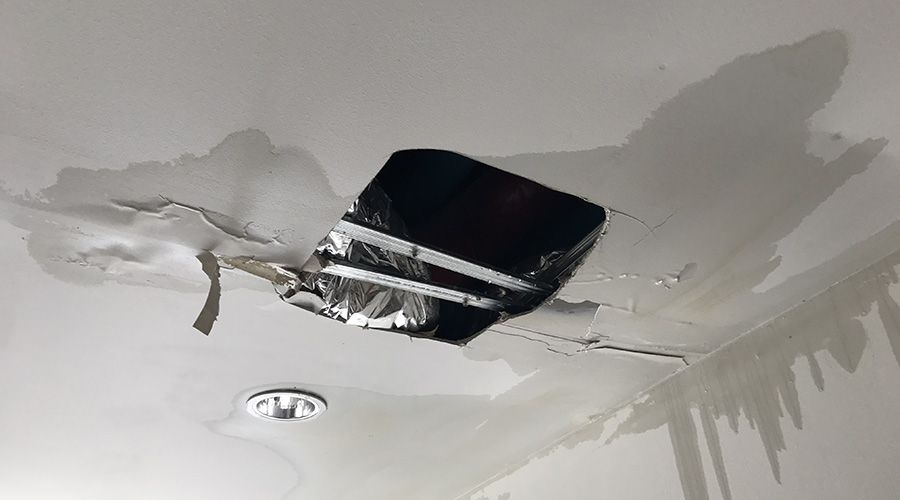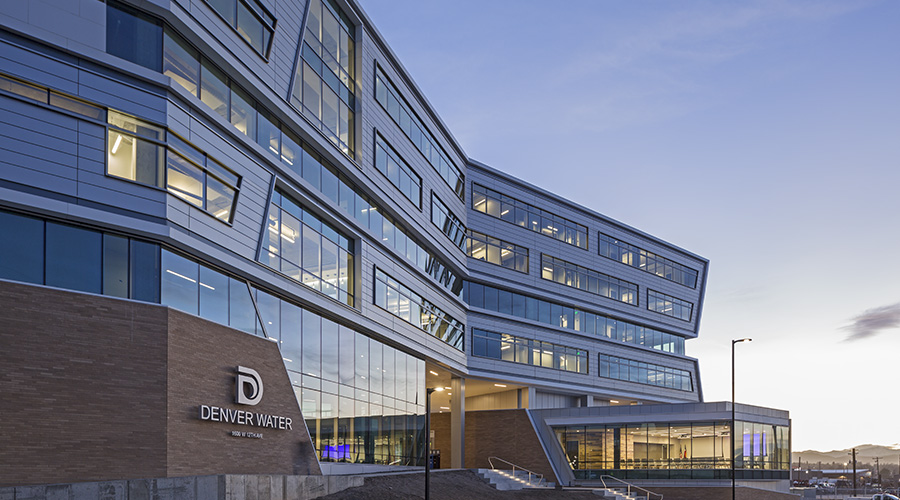Other options
Possible Alternative Water Sources
One way to become more water efficient is to tap into alternative, on-site sources of water for things like landscape irrigation, ornamental pond and fountain filling, cooling tower make-up, and toilet and urinal flushing. The Federal Energy Management Program offers this overview of alternative sources of water.
Municipal-Supplied Reclaimed Water — Municipal-supplied reclaimed water has been treated and recycled for non-potable use. This water is often available at a significantly lower rate than potable water; however, use of reclaimed water is often restricted by local codes.
Treated Gray Water — Sanitary gray water is water that is generated by bathroom sinks, showers and washing machines. These water sources can contain pathogens. Non-sanitary gray water is water generated by industrial processes or equipment such as reverse osmosis reject water and cooling tower condensate. These water sources can contain chemicals, minerals, and solids.
In a typical gray water recycling system, water that would normally be discharged for municipal sewage treatment is collected, treated to remove suspended solids and contaminants, and reused. All arid, semiarid, and coastal areas that have experienced water shortages, as well as major urban areas where sewage treatment plants are overloaded and expansion is constrained, are potential candidates for on-site recycling. The recycled water is typically used as flush water for toilets and urinals, landscape irrigation, supply water for ornamental ponds, and make-up water for cooling towers.
At its most basic, gray water treatment consists of removing suspended solids from the water. Filtering with no additional treatment may be applicable for rinse water from laundries or car washes and air handler condensate. At its most sophisticated, treatment may consist of biological treatment with membrane filtration, activated carbon, and ultraviolet light or ozone disinfection to destroy pathogens.
Rainwater — Captured rainwater is often used in landscaping, because the water is free of salts and other harmful minerals and does not have to be treated. It is also useful in attracting and providing water for wildlife. Rainwater harvesting can also help prevent flooding and erosion, turning storm water problems into water supply assets by slowing runoff and allowing it to soak into the ground. Reducing run-off also helps reduce contamination of surface water with sediments, fertilizers, and pesticides in rainfall run-off.
Rainwater can be collected in cisterns and used with little or no treatment for a variety of non-potable purposes. The major components of a rainwater harvesting system include:
- Catchment area/roof or surface upon which the rain falls
- Gutters and downspouts to carry the water to storage
- Leaf screens to remove debris
- Cisterns/storage tanks to store the harvested rainwater
- Conveyances to deliver the stored water either by gravity or pump
- Water treatment system to settle, filter and disinfect the water, if required
StormWater — Like rainwater, stormwater can be harvested and reused for washdown, cooling tower make-up or process water, dust suppression, and vehicle washing. Storm water harvesting differs from rainwater harvesting as the runoff is collected from drains or creeks, rather than roofs.
Urban storm water harvesting and reuse is a relatively new field of water management and most of the projects constructed to date have been pilot projects in drought areas.
The potential limitations and disadvantages to storm water harvesting and reuse include variable rainfall patterns, environmental impacts of storages, potential health risks, and high relative unit costs of treated storm water.
To develop an efficient and successful reclaimed water project you must have a reliable source of wastewater of adequate quantity and quality to meet your non-potable water needs. These projects are economically more viable when:
- The cost of water is high
- There is a lack of high-quality freshwater supply
- Reuse is the most cost-effective way to dispose of wastewater effluent
- There are local policies that encourage the use of reclaimed water, or water efficiency
Source: Federal Energy Management Program
|













